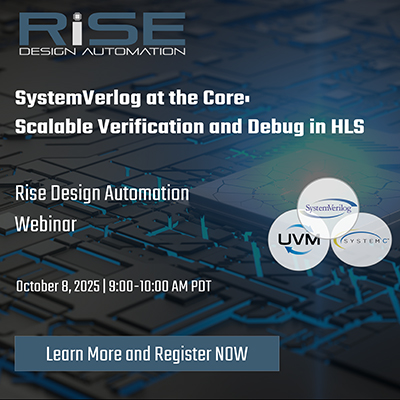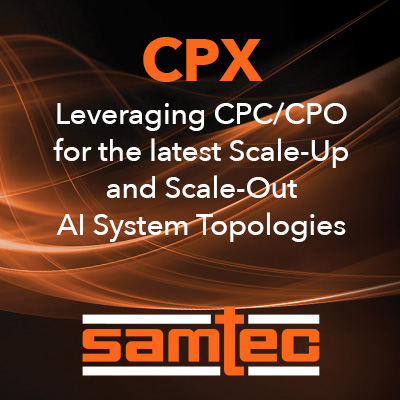
- This event has passed.
Semitracks Course: Silicon Photonics Technology and Applications

The proliferation of cloud computing and artificial intelligence is driving significant performance improvements in data center processing. Unfortunately, the connections between these servers, and even the connections between the boards in these servers, is limiting performance and driving up power dissipation. Silicon photonics promises a solution to these problems. Compared to standard integrated circuit technology, silicon photonics technology requires fundamentally different thinking about fabrication, packaging, testing, reliability and failure analysis. This course delves into the fabrication, packaging, testing, reliability and analysis of these circuits. This course is a must-attend for those working on silicon photonics, using silicon photonics in your systems, or considering the use of silicon photonics.
Silicon Photonics Technology and Applications is a 2-day course that details the vital technologies required to understand optics and photonics; photonics integrated circuits; silicon photonics and its packaging and systems; and future applications and materials. This course provides a comprehensive introduction to silicon photonics, covering fundamental principles, fabrication techniques, design tools, applications, and future trends.
What Will I Learn By Taking This Class?
By focusing on current issues in silicon photonics, participants will learn why advances in the industry are occurring along certain lines and not others. Participants will gain a solid foundation to apply silicon photonics technology, and a broad view of applications in various domains. Participants will also learn about silicon photonics without having to delve heavily into the complex physics and materials science that normally accompany this discipline. Lastly, participants will learn basic, but powerful aspects about the silicon photonics. This skill-building series is divided into six segments:
- Photonics Integrated Circuits (PIC). Participants will learn the fundamentals of photonics, and how these signals are generated and detected on a semiconductor chip. They will also learn about the techniques to split optical signals, combine optical signals, and merge optical signals for long distance communications. These techniques include modulation technologies like Mach-Zehnder interferometers; electro-absorption mechanisms and ring resonators; transmission technologies like waveguides; and coupling technologies like gratings.
- Electronic Integrated Circuits (EIC). Participants will learn the fundamentals of the electronic circuits associated with silicon photonics. They will also learn about the circuits that work to convert the optical signals back and forth into electrical data, and waveforms that can be used by other data processing chips.
- Silicon Photonics Packaging. Participants will learn about 2-dimensional and 3-dimensional approaches to packaging that can enable enhanced performance; smaller form factors; and improved bandwidth densities. This includes heterogeneous integration elements like Through-Silicon Vias (TSVs), copper pillars, and high-performance substrates.
- Technology Roadmaps. Participants will learn how this industry is evolving through better component integration. This includes developments in laser technology, packaging technology, and sensing technology. This course will cover the IEEE Heterogenous Integration Roadmap, and its sections on Integrated Photonics, as well as Defense Electronics roadmapping activities.
- On-Board Optics (OBO), Near-Package Optics (NPO), and Co-Packaged Optics (CPO). Participants will learn about the history of OBO and the development of “pluggable optics”. They will learn how OBO brings silicon and optics together in a package to reduce power and latency. They will also learn about NPO, where the optical circuitry is placed on the printed circuit board close to the electrical circuitry. Lastly, they will learn about the next-generation approach where the optics and the electronics both reside within a single package, also known as CPO, which provides superior performance and lower thermal dissipation.
- Systems and Applications. Participants will learn about the developing applications and systems that will use silicon photonics, including defense applications like phased arrays; autonomous vehicle wiring applications for self-driving automobiles; as well as more traditional applications like Cloud communication, Artificial Intelligence and High Performance Computing; 5G and 6G connectivity; and so-called “Intelligent Edge” applications like RF sensing and the use of Artificial Intelligence at the edge of the network, like the smart phone.
Course Objectives
- This course will help participants understand the foundational concepts of silicon photonics, and identify the advantages of integrating photonics with electronics.
- The participants will learn about the manufacturing processes for photonic integrated circuits (PICs).
- The participants will explore hybrid and heterogeneous integration techniques, analyze the design principles of passive photonic components, and understand the role of waveguides in optical communication.
- This course will evaluate the functionality of active devices in silicon photonics systems; discuss the role of silicon photonics in optical interconnects and communication systems; and explore the breadth of applications enabled by silicon photonics.
- The participants will assess the impact of silicon photonics on various industries, understand the workflow from design to fabrication, and identify key challenges facing silicon photonics technology.
- This course will identify future trends and opportunities in this rapidly evolving field.













Yes Intel Should Go Private